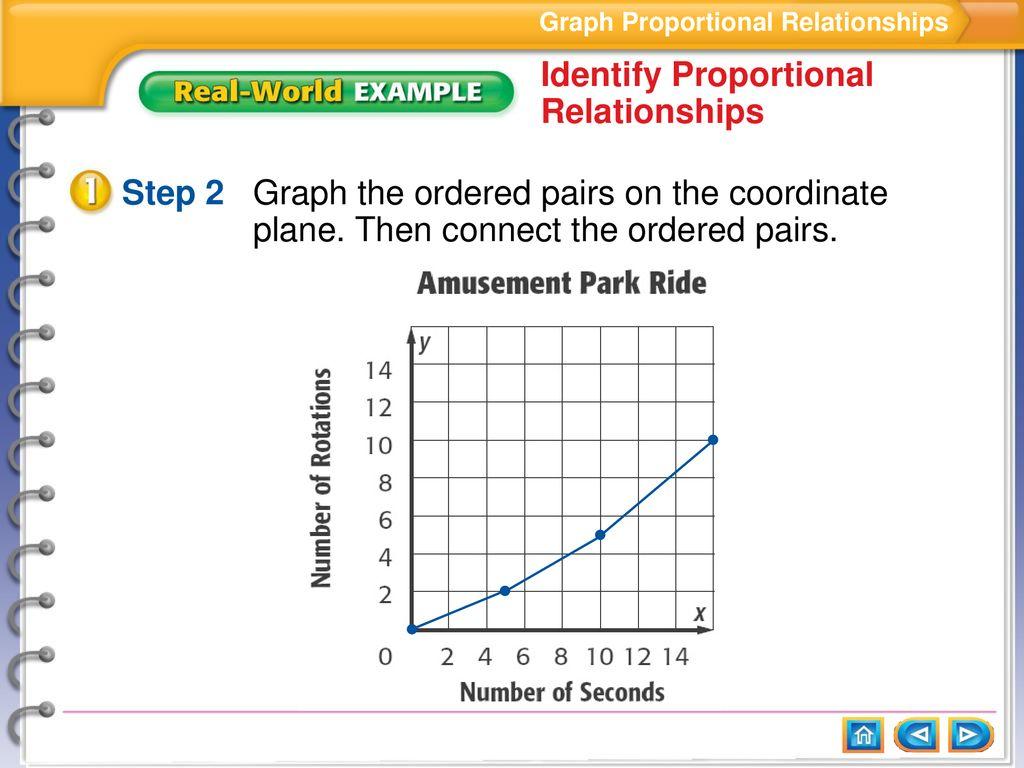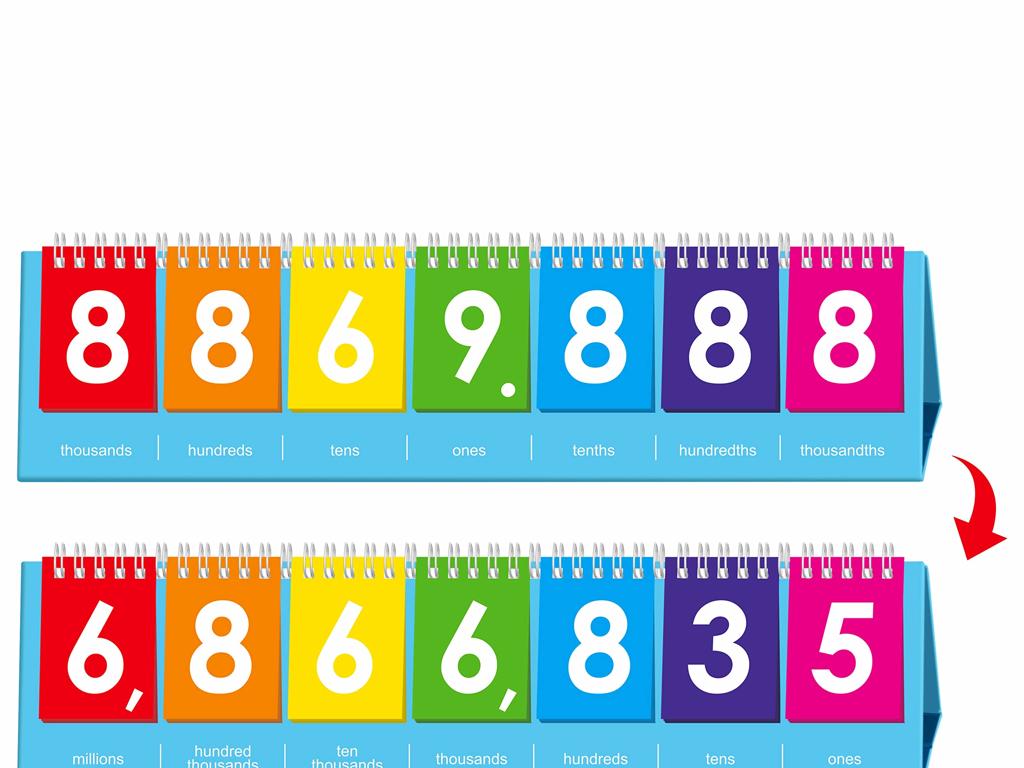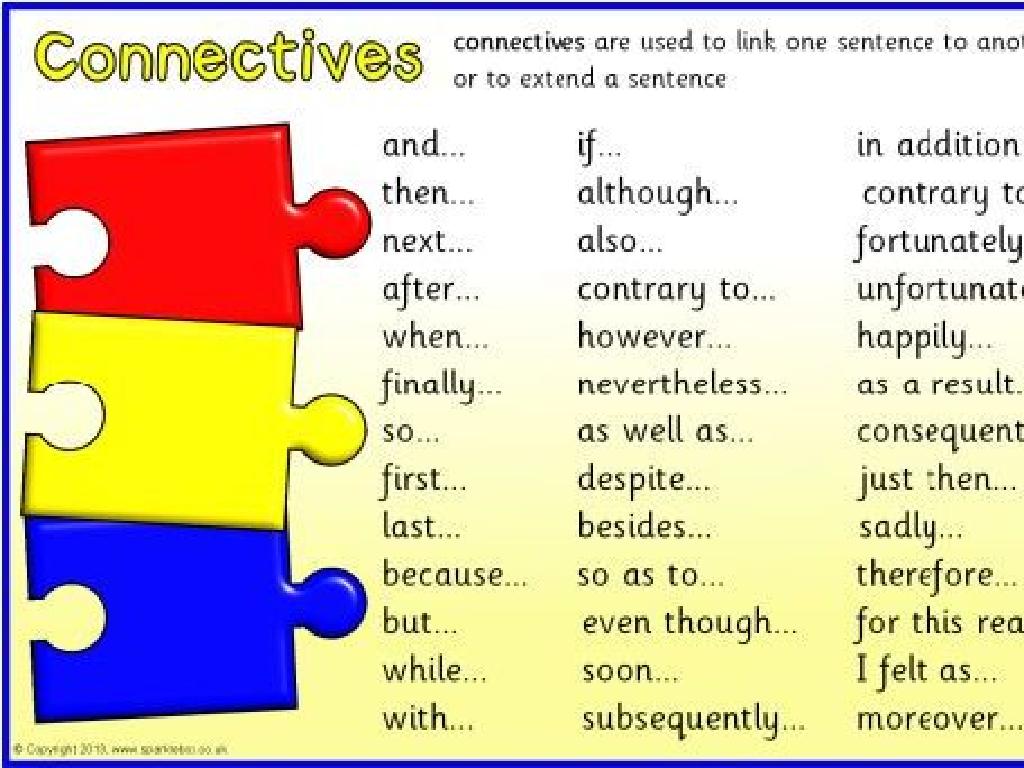Read A Celsius Thermometer
Subject: Math
Grade: Third grade
Topic: Metric Units Of Measurement
Please LOG IN to download the presentation. Access is available to registered users only.
View More Content
Understanding Celsius Thermometers
– What is temperature?
– Temperature tells us how hot or cold something is.
– Exploring Celsius thermometers
– Celsius thermometers have marks for each degree.
– Measuring warmth or coldness
– We use them to find out if something is warm or cold.
– Reading temperatures correctly
– Learn to read the scale between the marks.
|
Begin the lesson by explaining the concept of temperature as a measure of how hot or cold something is. Introduce the Celsius thermometer as a tool used to measure temperature, and explain that it uses degrees Celsius (°C) as its unit. Show the students a real or a picture of a Celsius thermometer and point out the numbered marks that indicate the temperature. Explain that when the red line (mercury or alcohol) is at a certain mark, it tells us the temperature. Practice reading temperatures by looking at where the red line falls between the marks. Use examples like room temperature, body temperature, and outside temperature to make it relatable. Ensure that students understand how to read the thermometer accurately and know that it is an important skill in everyday life.
Understanding Temperature with Celsius
– What is temperature?
– It tells us how hot or cold something is.
– How do we measure temperature?
– We use a tool called a thermometer.
– Introduction to Celsius
– Celsius is a scale for measuring temperature.
– Reading a Celsius thermometer
– We’ll learn how to read temperatures on it.
|
Begin the lesson by explaining the concept of temperature as a measure of how hot or cold something is. Introduce the thermometer as the tool used for measuring temperature. Explain that Celsius is one of the scales used around the world to measure temperature, and it’s important to understand how to read it. Demonstrate how to read a Celsius thermometer by showing the scale and explaining the increments. Use real-life examples like the temperature outside or the temperature of a refrigerator. Encourage students to ask questions and provide them with simple practice exercises to read temperatures from Celsius thermometers.
Understanding Celsius
– Celsius is a global temperature scale
– Water freezes at 0°C
– 0°C is the starting point for freezing
– Water boils at 100°C
– 100°C is the point where water starts to bubble and steam
– Reading a Celsius thermometer
– Practice how to read temperatures between 0°C and 100°C
|
This slide introduces students to the Celsius temperature scale, commonly used around the world except for a few countries. Start by explaining that Celsius is a way to measure how hot or cold something is. Highlight that water freezing at 0 degrees Celsius and boiling at 100 degrees Celsius are key reference points that can help them remember and understand the scale. Emphasize these points as they are easy-to-remember facts that can anchor their understanding of the scale. Finally, explain that reading a Celsius thermometer involves identifying the temperature level between 0°C and 100°C, which is a skill they will practice. Encourage students to think about how the weather feels at different temperatures and relate it to their daily lives.
Parts of a Thermometer
– Bulb with colored liquid
– The bulb holds the liquid that reacts to heat
– Scale with Celsius numbers
– The scale shows temperature in degrees Celsius
– Liquid rises with temperature
– As it gets hotter, the liquid expands and moves up
– Reading the temperature
|
This slide introduces the basic parts of a thermometer and how it works. Explain that the bulb at the bottom contains a colored liquid, usually alcohol or mercury, which reacts to heat. The scale along the side of the thermometer has numbers that represent the temperature in degrees Celsius, which is part of the metric system. As the temperature increases, the liquid inside the thermometer expands and rises along the scale. Teach students how to read the temperature by looking at the level of the liquid against the scale. Use a real or demonstration thermometer to show this visually. Encourage students to ask questions and discuss why the liquid rises.
How to Read a Celsius Thermometer
– Observe the liquid’s top level
– The liquid level lines up with a number showing the temperature
– Each mark represents one degree
– Notice the lines between numbers for fractions of degrees
– Practice with sample temperatures
– Example: If the liquid is at 20, it’s 20 degrees Celsius
– Understand what temperatures mean
– Relate temperatures to weather: 0 is freezing, 30 is a hot day
|
This slide is aimed at teaching third-grade students how to read a Celsius thermometer. Start by explaining that the thermometer measures temperature and the liquid inside rises or falls with temperature changes. Each line on the thermometer represents a degree in Celsius. Provide examples by showing pictures of thermometers with the liquid at different levels and ask students to read the temperature. Discuss with them how different temperatures relate to their daily experiences, like the temperature of ice cream or a sunny day. For homework, students can practice by checking the temperature at different times of the day and recording what they wear or do at those temperatures.
Let’s Practice Reading a Celsius Thermometer!
– Example 1: Reading the thermometer
– Look at the mark and read the number it points to.
– Example 2: Finding the temperature
– Observe the level of the liquid and say the temperature out loud.
– Understanding below zero
– Temperatures below zero are called negative temperatures.
– Class activity: Practice examples
|
This slide is designed for a class activity where students will practice reading temperatures on a Celsius thermometer. Start with Example 1 by showing a thermometer and asking students to read the temperature. For Example 2, point to a different mark and have them find the temperature. Discuss the concept of temperatures below zero, explaining that they are called negative temperatures and are used for very cold conditions. Finally, engage the class in a hands-on activity where they practice reading temperatures from various thermometers, including those with temperatures below zero. Encourage students to explain their thought process as they determine each temperature.
When Do We Use Celsius?
– Celsius in weather reports
– How hot or cold the day is in Celsius, like 20°C might be a warm day.
– Scientists use Celsius
– For experiments, like freezing point of water is 0°C.
– Cooking with Celsius
– Some recipes tell you to heat the oven to 180°C.
|
This slide aims to help students understand the practical applications of the Celsius temperature scale. Explain that Celsius is commonly used around the world for various purposes. Weather reports use Celsius to describe the temperature, which helps people decide what to wear. Scientists use Celsius when conducting experiments because it’s a standard unit of measurement in science, especially important for precise temperature control. In cooking, some recipes will require the oven to be set at a certain Celsius temperature. Encourage students to look for temperatures in Celsius in their daily lives and to practice converting between Celsius and Fahrenheit if applicable.
Class Activity: Temperature Hunt!
– Use thermometers to measure
– Measure your desk, window, and hands
– Record temperatures
– Write down the Celsius readings
– Share with the class
|
This interactive activity is designed to help students understand how to read a Celsius thermometer by measuring temperatures around the classroom. Provide each student or group with a thermometer and ensure they know how to read it correctly. Have them measure the temperature of their desk, the window, and their hands. Encourage them to record the temperature in degrees Celsius. After everyone has finished measuring and recording, ask students to share their findings with the class. Discuss how temperatures vary across different surfaces and why that might be. Possible variations of the activity could include measuring temperatures outside the classroom, comparing morning and afternoon temperatures, or using different objects to measure. This will help students grasp the concept of temperature variation in a practical and engaging way.
Mastering the Celsius Thermometer
– Congratulations on learning!
– Practice is key to perfection
– The more you practice, the better you’ll get
– Observe temperatures daily
– Check the weather, your fridge, or during bath time
– Keep a temperature journal
– Record temperatures you observe to see patterns
|
Well done to all the students for learning how to read a Celsius thermometer! It’s an important skill that helps us understand the world around us. Encourage the students to practice regularly by observing and noting down temperatures in different settings like their home, outside, or in the classroom. They can keep a temperature journal as a fun activity to track daily temperatures. This will not only reinforce their understanding of how to read the thermometer but also help them to start recognizing temperature patterns and variations in their environment.





